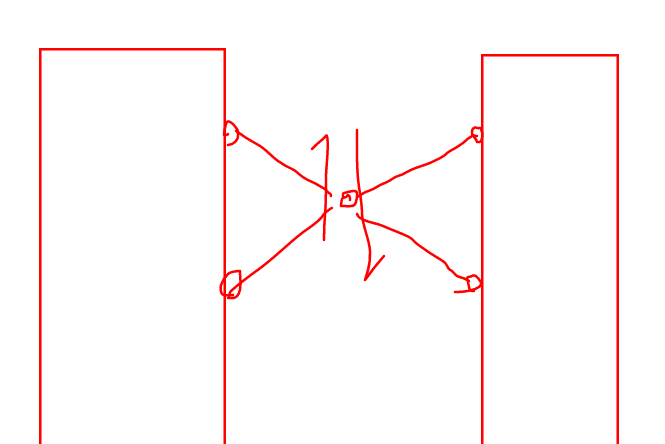Hi,
Can someone please help me understand why the longitudinal reinforcement (reinforcement running left-to-right) for coupling beams with diagonal reinforcement isn't embedded/developed into the walls much at all?
Please see image below:
This detailing style appears very common - the diagonal bars are properly developed into the wall, but the longitudinal bars are not embedded much at all.
Does it have to do with trying to ensure they are only being used for the gravity load and to direct the lateral forces to the diagonal bars? (As I wrote this sentence I realised it doesn't make sense and I really have no idea.)
Can someone please help me understand why the longitudinal reinforcement (reinforcement running left-to-right) for coupling beams with diagonal reinforcement isn't embedded/developed into the walls much at all?
Please see image below:
This detailing style appears very common - the diagonal bars are properly developed into the wall, but the longitudinal bars are not embedded much at all.
Does it have to do with trying to ensure they are only being used for the gravity load and to direct the lateral forces to the diagonal bars? (As I wrote this sentence I realised it doesn't make sense and I really have no idea.)

